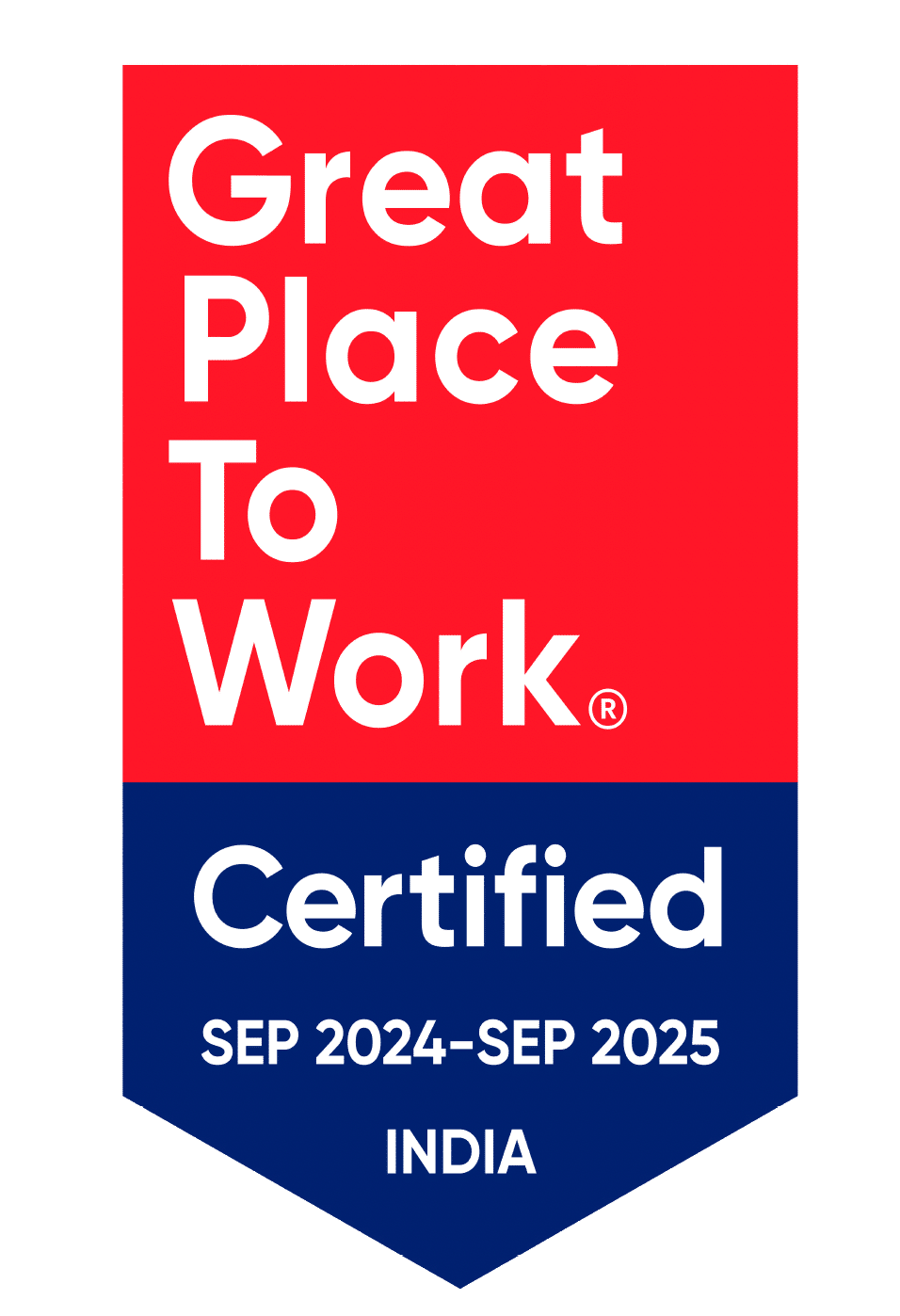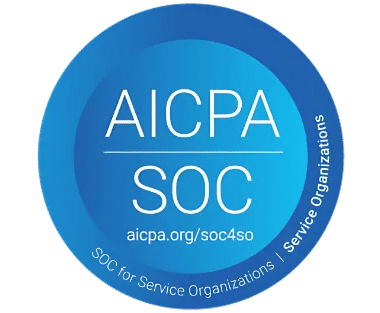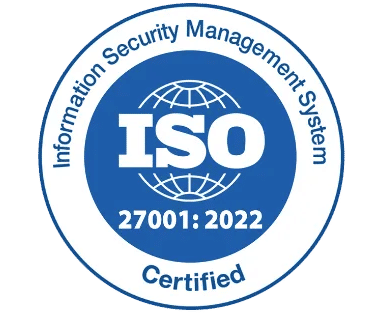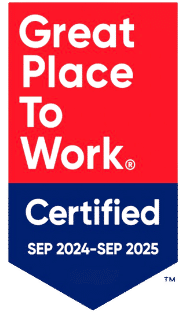Employee Onboarding Checklist: What to Include in 2025

Employee onboarding is the key to success for both new hires and the organization. In 2025, onboarding is more crucial than ever before, as companies strive to integrate new talent quickly and effectively.
Effective onboarding fosters engagement, boosts retention rates, and improves overall productivity. In this article, we’ll walk you through the essential elements of an employee onboarding checklist for 2025, helping you create a smooth and successful transition for new employees.
Why Employee Onboarding Matters in 2025
In fact, research shows that 69% of employees are more likely to stay with a company for three years if they had a great onboarding experience. This is why getting it right is more critical than ever before.
In fact, research shows that 69% of employees are more likely to stay with a company for three years if they had a great onboarding experience. This is why getting it right is more critical than ever before.
Key Benefits of Employee Onboarding
1. Increases Employee Retention
When employees feel supported from day one, they are more likely to remain with the company long-term. Studies show that organizations with a structured onboarding program have 50% greater new hire retention.
2. Boosts Productivity
Well-oriented employees know their role and how to contribute. Employee Onboarding Checklist ensures they are familiar with the tools, systems, and expectations, which accelerates their time to productivity.
3. Enhances Company Culture
The onboarding process introduces employees to your company culture, values, and mission. It’s essential to foster a sense of belonging from the very start.
4. Improves Job Satisfaction
When new employees feel prepared and integrated into their team, their job satisfaction improves significantly. A good onboarding experience fosters trust and confidence.
What Should Your Employee Onboarding Checklist Include in 2025?
A great employee onboarding checklist ensures that nothing important is overlooked. Below are the key components to include in your 2025 onboarding process.
1. Pre-Onboarding Activities
Before your new employee walks through the door, there are several important steps to take. Proper preparation, including setting up their workspace and informing the team, helps ensure a smooth transition and a positive start to their journey with the company.
a. Welcome Email or Letter
Send a personalized welcome email to introduce your company and team. Include details about the first day, such as arrival time, dress code, parking, and any documents they need to bring. You can also provide an agenda for the day and contact information for any questions.
b. Prepare Workstation and Tools
Ensure the new hire’s workstation is ready, including their computer, phone, and necessary office supplies. Set up their email account, work apps, and access to the company intranet.
c. Complete Paperwork
Send forms such as tax forms, benefits enrolment, and non-disclosure agreements in advance to streamline the process. This allows the new hire to complete paperwork beforehand and focus on settling in on their first day.
d. Provide Resources
Give the employee access to training materials, the company handbook, and any necessary reading before their first day. This helps them familiarize themselves with company policies and feel prepared to start.
2. First Day Activities
The first day is about making a good first impression. Create a welcoming environment by introducing the new hire to the team, providing an office tour, and ensuring they have all the necessary tools. A well-planned first day sets the tone for a successful onboarding experience.
a. Introduction to Team and Key Stakeholders
Introduce the new hire to their team, managers, and key personnel to help break the ice and make them feel comfortable. Encouraging team members to share a bit about themselves fosters early connections. Building these relationships from the start promotes collaboration and a sense of belonging.
b. Company Overview
Provide an overview of the company’s history, vision, mission, values, and goals to help the new hire connect with the organization. This understanding fosters alignment with the company culture. It also installs a sense of pride in contributing to the company’s objectives.
c. Tour the Workplace
Whether in person or virtual, give the employee a tour of the workplace or office layout. Show them where key areas like the kitchen, restrooms, and meeting rooms are located.
d. Set Clear Expectations
Outline job responsibilities, performance goals, and immediate tasks for the first few weeks to ensure clarity. This helps the new hire understand exactly what’s expected from them. Clear expectations set the foundation for success and confidence in their role.
e. Provide Benefits and HR Information
Walk the employee through their benefits package, company policies, and any available employee resources. Make sure they have a good understanding of these crucial aspects of employment.
3. First Week Activities
By the end of the first week, the employee should feel comfortable and start settling into their role. They should have a clear understanding of their responsibilities and tasks. This foundation helps build confidence and a sense of belonging within the team.
a. Provide Training
Offer relevant training sessions that will help the employee perform their job effectively. This could include software training, team-specific tools, or compliance-related sessions.
b. Set Up Regular Check-ins
Schedule daily or weekly check-ins with the new hire to address any questions and provide feedback. This ensures they are adjusting well to the role and feel supported. Regular check-ins also help identify any challenges early on and keep them on track.
c. Clarify Role and Responsibilities
Revisit the new hire’s job description and specific duties to ensure they understand what’s expected. Clarify any uncertainties and provide guidance where needed. Offering support helps them feel confident and aligned with their role.
d. Assign a Mentor or Buddy
Pair the new employee with a mentor or buddy to help them navigate the company culture. This provides a go-to person for any day-to-day questions or concerns. Having support early on fosters a smoother transition and strengthens their connection to the team.
4. First Month Activities
In the first month, focus on helping the new hire deepen their understanding of the company and their role. Provide opportunities for learning about company processes and how their work contributes to broader goals. This clarity strengthens their sense of purpose and engagement.
a. Offer Additional Training and Resources
As the employee becomes more comfortable, provide additional learning opportunities to enhance their skills. This can include training, workshops, or cross-departmental projects. Continuous development helps boost their confidence and ensures long-term growth within the company.
b. Performance Review
Conduct a performance review at the end of the first month to discuss progress and any challenges. Provide constructive feedback and highlight areas for improvement. This review helps align expectations and reinforces the employee’s growth and development.
c. Solicit Feedback
Ask for feedback from the new hire about their onboarding experience to identify areas for improvement. This shows that you value their perspective and are committed to enhancing the process. Their insights can help refine onboarding for future hires, ensuring a smoother experience.
5. Ongoing Development
Employee onboarding checklist doesn’t stop after the first month; it’s an ongoing process. Continuous support, feedback, and development help employees grow and thrive in their roles. Regular check-ins and learning opportunities ensure they stay engaged and aligned with company goals.
a. Provide Career Development Resources
Offer opportunities for growth and development through mentorship, training programs, or educational courses. This encourages continuous learning and skill enhancement. Providing these resources helps employees feel valued and supports their long-term success within the company.
b. Continue Regular Check-ins
Continue regular check-ins with the new employee to address any concerns and offer ongoing feedback. This provides consistent support and ensures they feel heard and valued. Regular communication helps them stay on track and remain engaged in their role.
Technology and Tools to Enhance Your Onboarding Process
In 2025, technology is an essential part of the onboarding process. Many companies are leveraging software to streamline and automate tasks, making onboarding easier and more efficient.
1. Onboarding Software
Invest in a comprehensive onboarding platform to automate paperwork and streamline administrative tasks. This platform can also provide training materials and track the new hire’s progress. Automation improves efficiency and ensures a smoother, more organized onboarding experience.
2. Employee Engagement Tools
Use employee engagement tools like Office vibe or 15Five to measure employee satisfaction and progress. These tools help keep new hires engaged and provide valuable insights.
3. Communication Platforms
Tools like Microsoft Teams are excellent for communication and collaboration, particularly in remote work environments. They enable real-time messaging, video meetings, and file sharing, keeping teams connected and productive. These tools help bridge the gap between remote employees and the broader organization.
4. Learning Management Systems (LMS)
LMS platforms like Coursera or LinkedIn Learning offer self-paced learning resources that are essential for skill development. These platforms allow employees to access a wide range of courses to enhance their knowledge and expertise. Providing such resources fosters continuous growth and supports career progression.
Measuring the Effectiveness of Your Onboarding Process
It’s important to continuously evaluate the success of your onboarding process. Here are key metrics to track:
- Employee Retention Rates: How many new hires remain with the company after one year? High retention rates indicate a successful onboarding process.
- Employee Engagement: Use surveys or feedback forms to assess how engaged employees are during the onboarding phase.
- Time to Productivity: Measure how long it takes for new hires to become fully productive in their roles.
- New Hire Feedback: Gather direct feedback from new employees on their onboarding experience to identify areas for improvement.
Conclusion
An effective onboarding process is vital for retaining top talent and setting employees up for success. By following this 2025 employee onboarding checklist, you’ll not only improve employee retention but also enhance productivity, job satisfaction, and company culture. Remember, onboarding is a continuous process that evolves with your company, so always look for ways to improve and innovate.
Book a Demo
If you’d like to see how our onboarding solution can transform your process and improve employee satisfaction, book a demo with us today!
Frequently Asked Questions
1. What is the main goal of employee onboarding?
A strong onboarding process helps new employees feel welcomed, supported, and prepared for success. It boosts morale, enhances productivity, and fosters long-term engagement. A well-structured approach also reduces turnover and accelerates performance.
Including an employee onboarding checklist in content ensures a smooth, organized process, covering key steps from preboarding to the first 90 days.
2. How long should the onboarding process last?
Onboarding can last from a few days to a few months, depending on the role and company needs. It’s important to ensure the process is thorough yet manageable to avoid overwhelming the new hire. The first 90 days are crucial for setting the foundation for success and long-term engagement. Providing ongoing support, regular check-ins, and mentorship can enhance confidence and job satisfaction. A well-paced onboarding journey helps employees adapt smoothly while reinforcing company culture and expectations.
3. What are some common mistakes in onboarding?
Common mistakes in onboarding include poor communication, unclear expectations, and inadequate training. Failing to integrate employees into the company culture also leads to disengagement. These issues can hinder the employee’s success and impact overall retention.Lack of feedback and support during the initial months can leave new hires feeling lost and unmotivated. A structured onboarding plan with clear milestones helps prevent these pitfalls and ensures a positive experience.
4. How can technology improve onboarding?
Technology streamlines onboarding by automating paperwork and providing virtual training resources. This enhances efficiency and ensures consistency across all new hires. It’s especially valuable for remote teams, making the onboarding process scalable and more accessible.Digital tools also enable real-time tracking of progress, helping managers address any gaps early on. Interactive platforms foster engagement, allowing new employees to learn at their own pace while staying connected with their team.
5.How can I measure the success of my onboarding process?
You can measure the success of your onboarding process by tracking key metrics such as employee retention rates, engagement levels, time to productivity, and feedback from new hires. Regular surveys and performance reviews will also help assess the effectiveness of your process and identify areas for improvement. Analyzing these insights allows companies to refine their onboarding strategy for better outcomes. Continuous improvements ensure that new hires receive the support they need to thrive and contribute effectively.










_svxLrd-8yH.png)

_2VYSFUTN5m.png)

_JiluXJRGNl.svg)

_2djTKNocf.png)





_Rapo0hRMBy.png)










